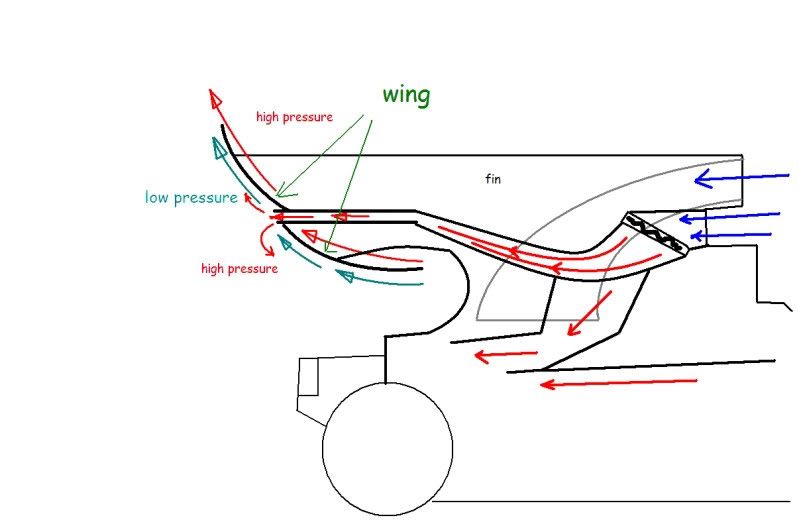Spencifer_Murphy wrote:SZ, is there anyway that any flow coming from a possbile duct in the sharkfin could (even allowing for the pipe losses) be used to activly try and break up the boundary layer, kinda like the dimples in a golf ball?
Also, is it possible that, the duct itself could in fact be a converging duct, raising the static pressure and the mass flow rate of the air in order to counteract the pipe losses when it eventually vents out of the fin to the underside of the wing?
Just a thought, it could be total tosh lol.
First idea more feasible.
meeves, I'd trust anyone getting information out of a factory as a member of the press about as far as I could throw them, and my pitching arm is weak.
CMSMJ1 - easy tiger. I'd bet the same process goes on at any other team looking at some new innovation in the sport, though they don't call it 'trolling'. Particularly when you've got an outlet in front of something that usually, explicitly is designed to have another sort of flow field around it.
There's only one way we'll know for sure though - wait for Ferrari to whinge to the FIA about it!
horse, up top it's probably a full P-S system but in that particular region, particularly if flow is swirling, you'd have a hard time picking which direction is truly static. As you correctly state you could just reference it to a common port, or maybe they've got all holes open and are looking at total pressure.






